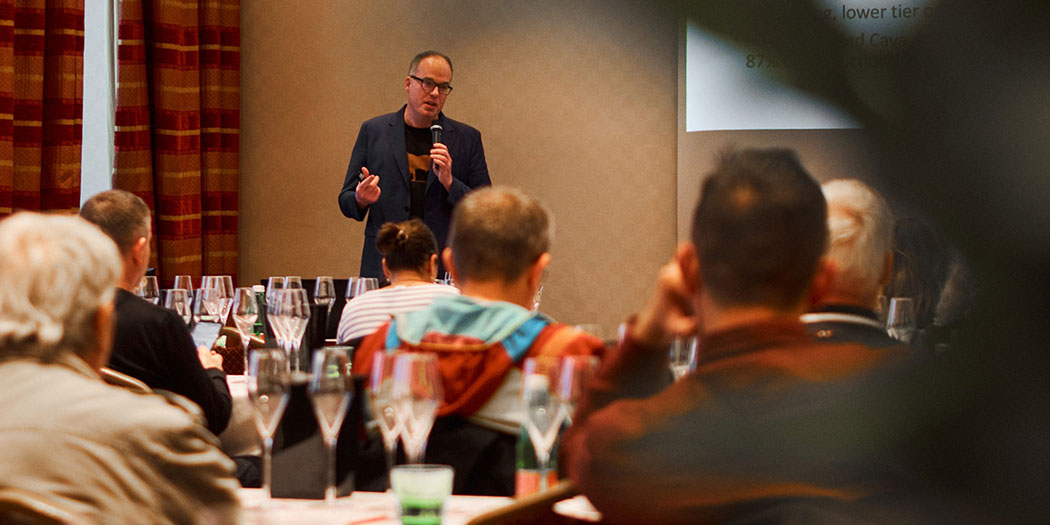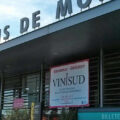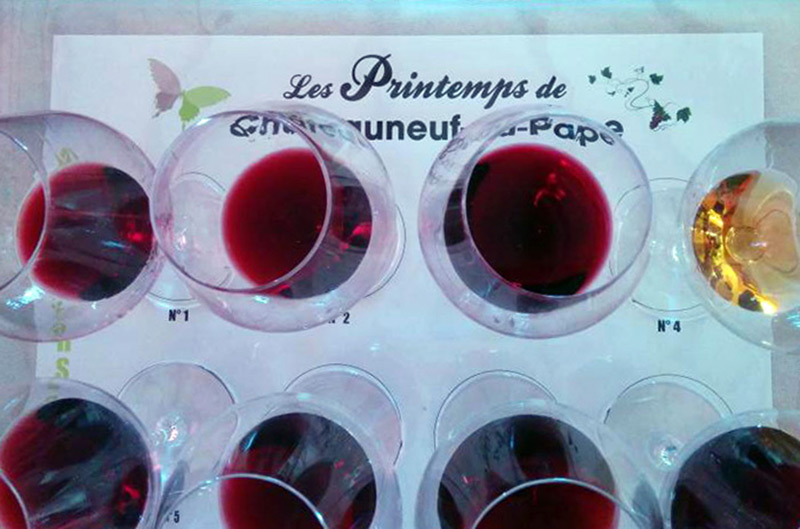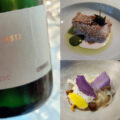Last week saw me make a return to the Vinart Grand Tasting in Zagreb, Croatia.
My absence had been exceedingly long as the last time I went was in 2017 where I led a tasting of Grenaches from Spain as, in addition to the main tasting event, they also hold many classes in the days before.
It wasn’t the intention to be away for so long as one of my countries of focus is Croatia. But, both 2020 and 2021 were out as the pandemic made travel restrictions too onerous to bother and, given that the Gran Tasting happens in the first week of March, it made 2022 seem a bit too soon as it was still Omicron Days.
I was quite happy to return however as while the Croatian wine scene doesn’t shift massively, new vintages come out, new projects start, and more importantly, it’s just nice to see the friends that I know over there. The fact that seven years had passed was pretty astounding, but I suppose it felt like less as the pandemic swallowed a rather large chunk of our lives.
The Grand Tasting continues in much the same format however with about 140 producers, mainly from Croatia having their wines available to taste. The space where it’s held in the Lauba is one that the organizers have told me is in fact too small as they have a waiting list of producers who would like to be there. Each year it’s fully packed with stands and as the hours grow later, attendees as well.
This is a key facet in that the main tasting is a public one which always gets a bit difficult to taste in, the later the day gets, especially for a dork who’s bouncing from stand to stand with a laptop for tasting notes. This is why it was great that, for the first time they introduced a “Silent Tasting” that featured over 100 selected wines from producers around the country which the organizers had picked as being representative. That allowed a much more peaceful venue to sit and taste at a reasonable pace. It was also useful to give a peek to producers that I didn’t yet know and could follow up with during the main tasting.
This was coupled with a couple of days visiting Međimurje in the north, Plešivica just to the southwest of Zagreb, and then the renown Istria. That was a bit of moving around and made for great context but the Vinart organizers said they might slim it down next year as it’s very much true that you can’t cover a whole region well in just one day. That said, even three days worth of tasting in the capital isn’t enough to taste the wealth of wine on offer now in Croatia.
In addition to the tastings, I also had another reason for being there as one of the directors of Vinart, Saša Špiranec had invited me to this Graševina event his company organizes and then he was attending the event in Štajerska, Slovenija as well and on both occasions, he asked me if I wanted to lead any talks. I asked him back, “About what, specifically?” “Anything you’d like.” was his response.
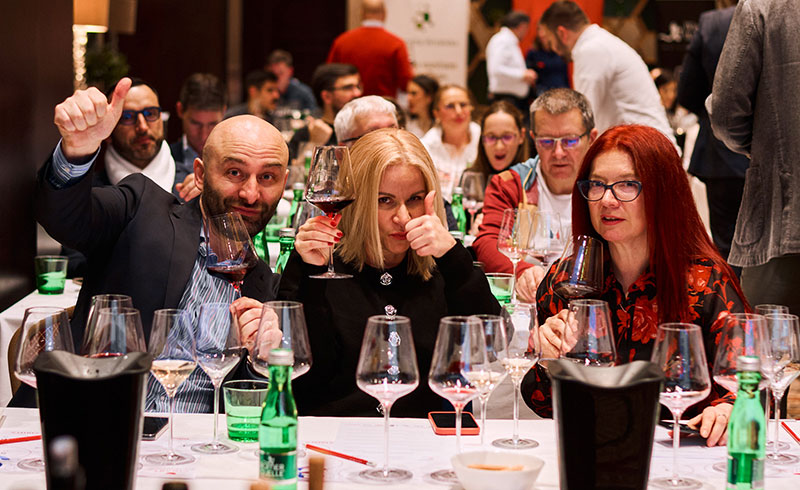 I gave it a bit of thought and initially came up with a “Best of Spain” concept that was simply too difficult to coordinate. Thinking a bit more I think proposed two sessions, one on the sparkling wines of Corpinnat and then another on the wines of Châteauneuf-du-Pape. While a seemingly incongruous pairing, the idea was to have two very different kinds of wines that would appeal to the Horeca people that attend these events as well as the “wine curious” of Croatia. I knew that Corpinnat would be quite a new concept to most people and Châteauneuf was a great opportunity to visit a selection of wines that people may have tasted in the past but don’t often get access to.
I gave it a bit of thought and initially came up with a “Best of Spain” concept that was simply too difficult to coordinate. Thinking a bit more I think proposed two sessions, one on the sparkling wines of Corpinnat and then another on the wines of Châteauneuf-du-Pape. While a seemingly incongruous pairing, the idea was to have two very different kinds of wines that would appeal to the Horeca people that attend these events as well as the “wine curious” of Croatia. I knew that Corpinnat would be quite a new concept to most people and Châteauneuf was a great opportunity to visit a selection of wines that people may have tasted in the past but don’t often get access to.
We started with the wines of Corpinnat, which meant having a lengthy introduction in terms of what happened in the region and why there are now four different groups when it comes to sparkling wines from Penedès. I think people overall understood this as it was new information to many in the audience of about 50 attendees. Honestly, what probably surprised many of them was learning the proper pronunciation of the grapes given that Xarel·lo is definitely not self-evident.
Then we tasted the wines:
- Recaredo, Serral del Vell 2018
- Llopart, Leopardi 2017
- Can Feixes, Huguet de Can Feixes 2017
- Torelló, Gran Torelló 2016
- Descregut, Memòria 2016
- Gramona Lustros 2015
- Sabaté i Coca, Reserva Familiar 2014
- Nadal RNG 10 2004
There wasn’t a bad or even mediocre bottle in the lot and many were extremely surprised to taste a wine like the Nadal RNG which is 20 years old and yet, still incredibly fresh. But by and large, I think the favorite was the Gran Torelló, which has been excellent for a long time and each vintage gets even better. The last vintage of this wine that I tasted was the 2015 and I think the 2016 is even beter.
The Gramona Lustros was also popular and the Sabaté i Coca was not only quite popular, but also probably the best price for quality.
I have to thank the producers for sending some of their best wines which really worked to showcase the strength of the group and how there’s a great deal of quality behind it. A number of people were even telling me that they were happy to discover that Decántalo ships to Croatia, giving them access to the wines.
We then moved on to the Châteauneuf-du-Pape wines. Again, I opened with a bit of the history overall scope of the region, which was then followed with tasting these wines:
- Clos du Calvaire Père Pape 2022
- Château Fortia Edmée Le Roy 2022
- Domaine de la Janasse Châteauneuf du Pape Tradition 2021
- Domaine la Barroche Julien Barrot 2021
- Château de Nalys Château de Nalys 2020
- Château Sixtine Château Sixtine 2010
The selection was based largely upon my last report of the region which will shortly be updated by a new report.
As for the general reaction, the room was packed and I believe it was one of if not the first class at the Grand Tasting to be sold out. I knew it would be well-attended as the CdP brand is quite well known, but even I was surprised as how immediately positive the reaction was.
The attendees were really happy to taste the starting white wines as few had had any exposure to the whites from the region and they were very surprised at the level of freshness and how expressive they were, comparing them to some of the fresh varieties they know in Croatia.
It was also fascinating to see the split in the room of newer versus older Châteauneuf as the middle three red wines embodied the newer direction in the region. Many in the room appreciated this and the delicate nature of the wines, but then there were a great many who enjoyed the fuller body of the 2010 wine as they found this “embodied” Châteauneuf-du-Pape (although this wine I had recently is the perfect embodiment of aged Châteauneuf.)
But overall, I feel it was a very successful tasting and attendees came away with a great deal to think about and no matter the idea they had about Châteauneuf, they learned something new.
Ultimately, I think the tastings went well and, along with the general tastings and visits, has allowed me to draft up a new overall report on Croatian wines that will be arriving soon.
